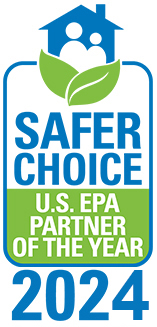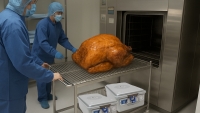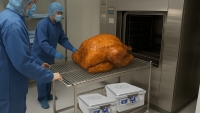Unintended consequences
We’re talking about risk analysis, the process we go through before deciding on a given action. Whether it’s diet soda or donuts we'll do a casual risk analysis in our head. Example, someone is sharing a dozen donuts, do you want one? YES! Do you need extra calories, fats, sugar, etc. NO! The heck with it, YOLO! (You Only Live Once) Risk analysis done. You’ll survive a honey-glazed donut or another diet soda. Let’s talk about unintended consequences, or the “knock-on effects” of an action or decision that seems to make sense, but can affect your health and safety, and even that of your patients. Come to think of it, consider the knock-on effects of using disinfecting wipes instead of cleaning and rinsing. Have you considered the risks?

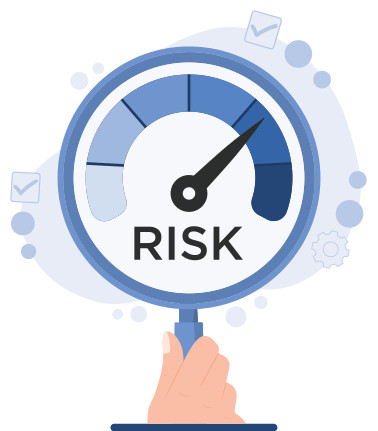
It's an illusion when you do not consider the risks
Risk analysis is the process of identifying and analyzing potential future events that may adversely impact a person, company, practice, or health. What happens when we don’t consider the unintended consequences, or don’t have the facts? For example, wiping with a disinfectant or environmental wipe may seem like a good idea. After all it’s only one wipe, one step, easy. But then consider the “science” and best pratcies. Haven’t we been told that cleaning is the critical first step and disinfection or sterilization follows. Cleaning helps prevent infection by physically removing germs, dirt, and other debris from surfaces and objects. This removal significantly reduces the number of germs available to spread, making it less likely that individuals will become infected.
Dig a little deeper
How many times have we been snowed and convinced to buy something that looks too good to be true or follow a process that upon examination seems to be missing something? Let’s look at current healthcare practices, such as cleaning eye instruments with water only when it’s generally agreed that eye tissue is one of the toughest to remove from stainless steel instruments, and can be a vector for numerous infections, even prion disease. Even a rigid reusable container that requires no dry time because one can assume retained moisture after sterilization is sterile. It’s not, once the contents are exposed to the environment.


At Case Medical, we consider risk before expediency
We know that handling and processing contaminated devices is risky business. Science is cumulative; we are constantly adding new facts and information to our knowledge base. For more than five years Case Medical partnered with USGS at their wildlife healthcare center to investigate how detergents can reduce the spread of wasting disease in humans and animals. Such diseases are caused by the transfer of infectious prions. Prions are found in neurological tissue, brain, spinal cord, and even in the eye. An infectious prion rapidly changes the healthy prions in our body upon contact with contaminated devices. Considering the risk, shouldn’t eye instruments be thoroughly cleaned, rinsed with high purity water, and sterilized with adequate dry time to ensure that all infectious agents are removed and then properly decontaminated before they are used?
Doing the right thing
- Use our FlashTite valve plate with our SteriTite container for IUSS, as it opens automatically in the autoclave and expresses out the moisture at the end of the cycle.
- Consider our SteriTite container that can dry in the shortest time possible (5 to 8 minutes) validated and FDA 510k cleared for rapid processing.
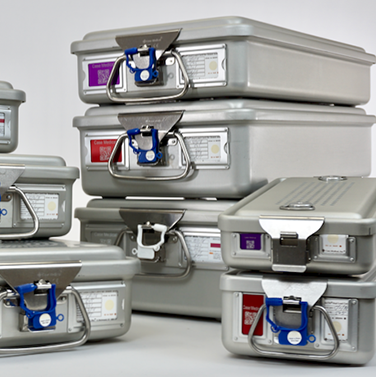

At Case Medical, we are committed to doing the right thing
In both scenarios above, wash and rinse beforehand. We care about you, the patient, and our durable, corrosion resistant, sustainable SteriTite container. If you’re concerned about unintended consequences, misinformation and the knock-on effects of the choices made for your facility, please contact us today to learn how Case Medical can help. Case Medical is a U.S. EPA Safer Choice Partner of the Year offering reusable products and sustainable instrument chemistries that are biodegradable, free-rinsing, and safer for people and the environment. You can count on us to validate and share factual information.
Visit us at www.casemed.com to learn more about our products and how they can help your facility lighten its impact on the environment for the good of us all. We are available to assist you with an onsite quality assessment and introduce you to our validated containers and certified cleaners.
Connect with Case Medical on social media for more content!
LinkedIn
FaceBook
Kindest Regards,
